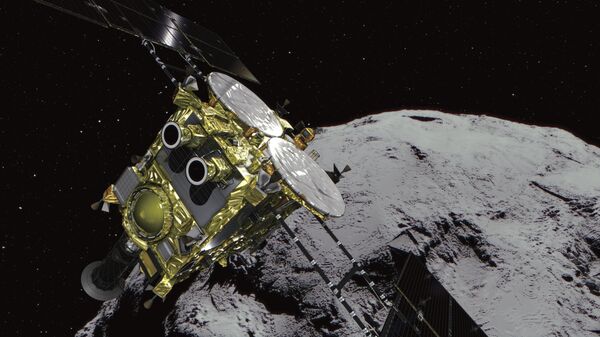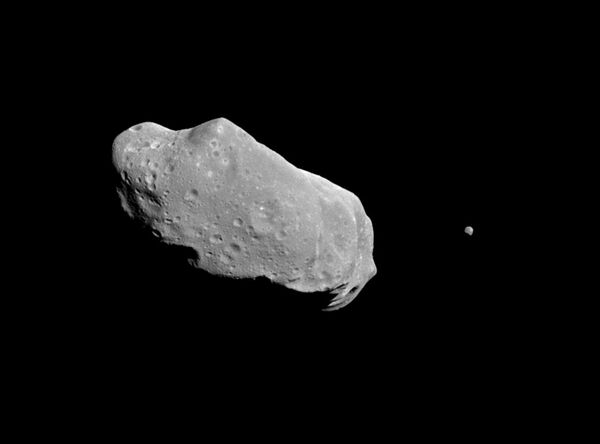Asteroid trackers of the National Aeronautics and Space Administration (NASA) have confirmed that a colossal space rock is on course to zoom past Earth on 22 October.
Named 2020 TG1 by astronomers, the celestial being flying through space at speeds of more than 30,700mph is expected to make a so-called “close approach”.
According to the data compiled by NASA's Center for Near Earth Object Studies (CNEOS), Asteroid TG1 is on course to whiz past our planet just before midnight tomorrow.
CNEOS categorises such encounters as “close” approaches when the asteroid’s orbit of the Sun brings it within 0.04701 astronomical units (au) or 4.3 million miles of Earth.

On a cosmic scale, this is deemed close by astronomers, with such objects classed as NEOs.
"As they orbit the Sun, near-Earth objects (NEOs) can occasionally approach close to Earth. Note that a ‘close’ passage astronomically can be very far away in human terms: millions or even tens of millions of kilometres," says NASA.
A key element of NASA’s Planetary Defense effort has been the Near-Earth Object (NEO) Observations Program.
Given the task of observing, characterising and tracking NEOs, it makes use of telescopes around the world to keep a close eye on anything coming at us from space that might prove to be a potential hazard.





